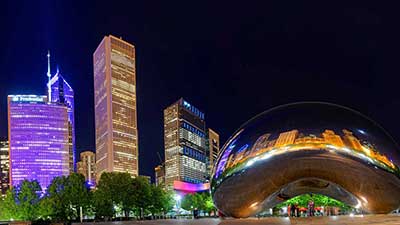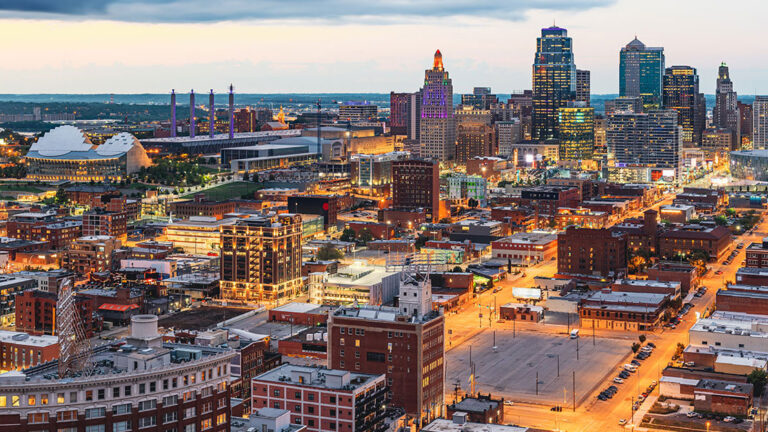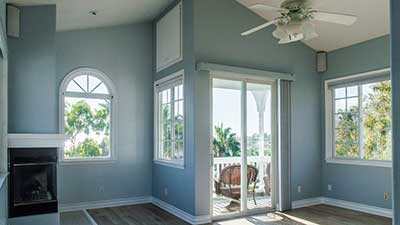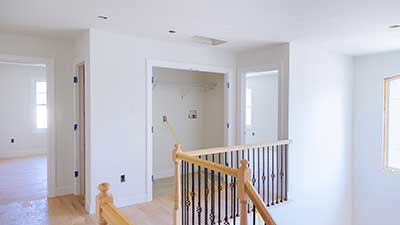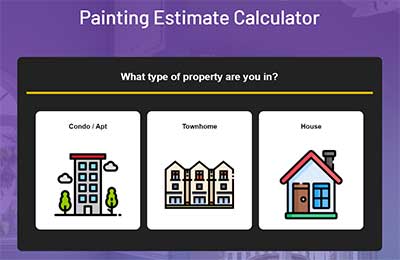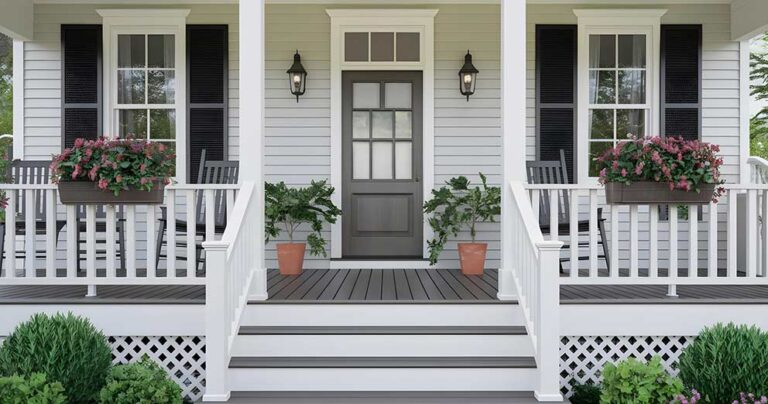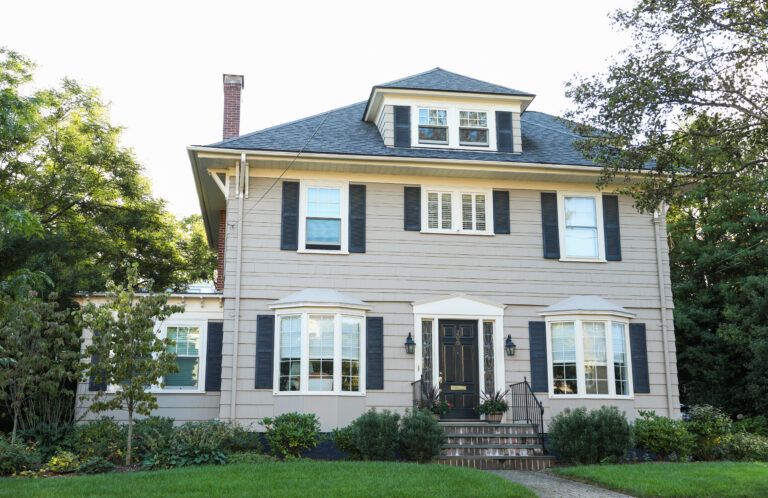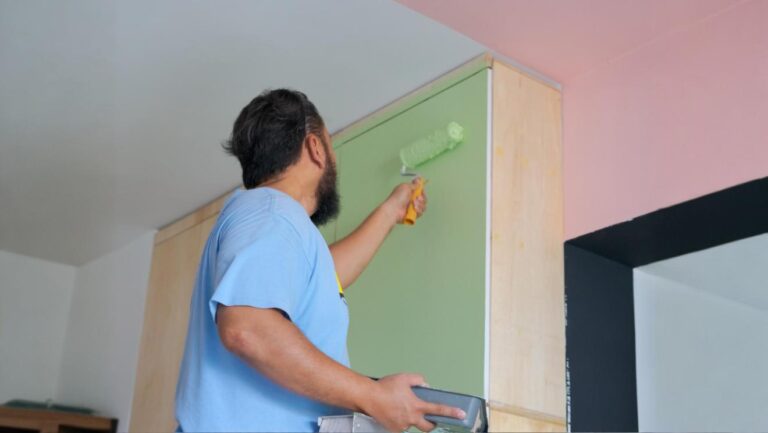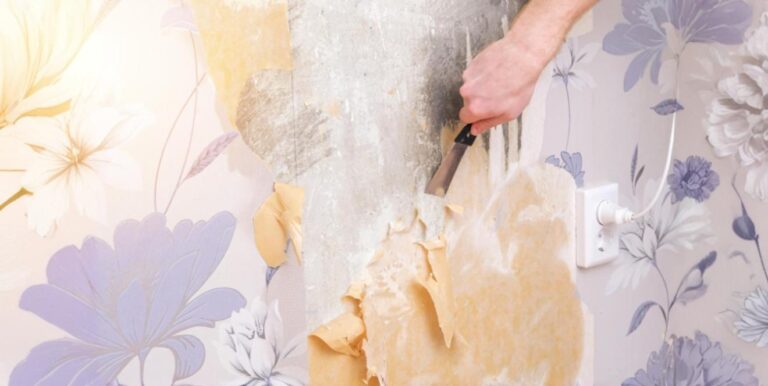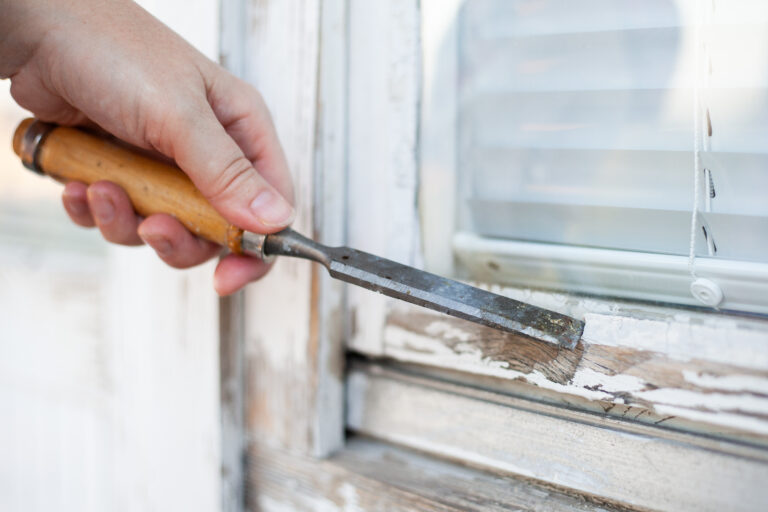When planning a painting project, one of the most common questions is “how much does 1 gallon of paint cover?” This seemingly simple question can save you time, money, and frustration when painting walls in your home. No one wants to run out of paint mid-project or be stuck with excessive leftover paint. Let’s explore everything you need to know about paint coverage to ensure your next painting project goes smoothly from start to finish.
Key Takeaways
- One gallon of paint covers 350-400 square feet with a single coat.
- Two coats are essential for professional-looking results in most rooms.
- Textured walls and popcorn ceilings need 20% more paint than smooth surfaces.
- Premium paints provide better coverage and require fewer coats than budget options.
- Use a paint calculator to avoid buying too much or too little paint.
- Trust OnDemand Painters for flawless results without the hassle of DIY painting.
How Much Paint Coverage to Expect
A standard gallon of paint typically yields around 350 to 400 square feet of coverage on an average wall surface with one coat. However, this is just a general guideline as coverage amount varies significantly between products. Premium paint brands might offer superior coverage approaching 425 square feet per gallon, while economy brands might cover less territory per gallon.
For interior wall paint, most manufacturers rate their products to cover approximately 375-425 square feet. Trim paint yields roughly the same area, while ceiling paint usually provides slightly less coverage at about 350 square feet per gallon. Primer is much more absorbent, typically covering only 225-275 square feet per gallon, which is important to remember when preparing fresh drywall or making dramatic color changes.
How Much Paint Do You Need for Your Next Painting Project?
Calculating exactly how much paint you need involves a systematic approach. First, measure the width and height of each wall you plan to paint. Multiply these dimensions to determine the square footage of each wall, then add all walls together for the total square footage of your project.
Next, subtract the area of windows, doors, and other features you won’t be painting. A standard door takes up about 20 square feet, and an average window occupies approximately 15 square feet. This calculation gives you the actual paintable surface area.
Finally, determine how many coats you’ll need. For most projects, two coats is the standard recommendation, but when covering a dark color with a lighter shade, you might need additional coverage. Divide your final square footage by the coverage rating of your chosen paint (typically 350-400 square feet per gallon) and round up to ensure you have enough paint for the job.
Room Size and Paint Requirements
Understanding how much paint you’ll need for specific room sizes helps with practical planning. Here’s what to expect for common room dimensions:
A small 10×10 foot room with 8-foot ceilings has approximately 320 square feet of wall space (excluding doors and windows). This typically requires just under one gallon for a single coat, or about 1.5 to 2 gallons for complete two-coat coverage.
A medium 12×12 room with 8-foot ceilings has approximately 384 square feet of wall space. This would require about one gallon for the first coat and an equal amount for the second coat, totaling roughly two gallons for the project.
For larger spaces like living rooms or open concept areas, calculating the exact linear foot measurements becomes even more important to avoid shortages mid-project.
Gallon of Paint Coverage: Factors That Affect Coverage
Several factors can significantly impact how much paint you’ll need for your project.
Surface texture plays a crucial role in paint coverage. Textured walls have more surface area than smooth walls, requiring more paint. If you’re painting textured walls, increase your paint estimate by about 20%.
The quality of the paint also affects coverage. Premium paints contain higher-quality ingredients that provide better coverage with fewer coats.
Color changes, especially dramatic ones, can require additional paint. If you’re painting a dark surface with a light color, you’ll likely need extra coats to achieve full coverage.
Paint finish also impacts coverage. Flat and matte finishes typically provide better coverage than semi-gloss or high-gloss options.
How Much Paint for Different Surfaces?
Different surfaces have unique paint absorption characteristics. Here’s what to expect:
- Fresh Drywall: Extremely porous, absorbs significantly more paint. Apply at least two coats of dedicated drywall primer before painting.
- Textured Walls: Require up to 20% more paint due to increased surface area. This includes surfaces like stucco, brick, or textured drywall.
- Dark Surfaces: When covering with lighter colors, expect to need up to three coats. Using a tinted primer can reduce the number of topcoats needed.
- Popcorn Ceilings: Require approximately 30% more paint than smooth ceilings. Use a thick-nap roller (3/4-inch or thicker) and apply with gentle pressure.
Exactly How Much Paint: Using a Paint Calculator
For the most accurate estimate of how much paint you need, consider using a paint calculator. Many paint manufacturers offer online paint calculators that take into account your room dimensions, the number of doors and windows, and how many coats you plan to apply.
Using a paint calculator takes the guesswork out of your project and provides an accurate estimate of the paint needed. This tool can save you from buying too much paint or making multiple trips to the store.
How Many Coats of Paint Do You Need?
Most professional painters recommend applying at least two coats of paint for the best coverage and durability. However, the number of coats needed can vary based on several factors.
If you’re repainting a wall with a similar color, you might be able to get away with one coat, especially if using high-quality paint. However, for most color changes, two coats are standard. For dramatic color changes, you might need three or more coats.
Multiple coats provide better durability and a more uniform appearance. While it might be tempting to try to save time and money with fewer coats, the long-term results usually aren’t worth the short-term savings.
How To’s: Tips for Getting the Best Coverage
To maximize your paint coverage and get the best results:
- Prepare your surfaces properly by cleaning, patching, and sanding them before painting. A smooth, clean surface requires less paint and provides better adhesion.
- Use high-quality painting tools. Good brushes and rollers apply paint more evenly and waste less paint. For smooth walls, use a 3/8-inch nap roller. For textured walls, use a 1/2-inch or 3/4-inch nap roller.
- Apply paint using proper techniques. When rolling, use a “W” or “M” pattern, then fill in with up-and-down strokes. This ensures even coverage and reduces the chance of visible roller marks.
- For the best coverage with fewer coats, don’t skimp on primer. A good primer creates a uniform surface for the paint to adhere to.
Conclusion
Understanding how much a gallon of paint covers is crucial for planning your painting project successfully. By taking into account factors like surface texture, paint quality, and the number of coats needed, you can make an accurate estimate of the paint required.
For most rooms, a gallon of paint will cover approximately 350-400 square feet with one coat. Always plan for at least two coats, and consider using a paint calculator for the most accurate estimate. If you’re tackling a large or complex painting project, hiring professional painters like OnDemand Painters can save you time and ensure professional results.
FAQs
How many square feet does one gallon of paint cover?
One gallon of paint covers approximately 350-400 square feet with a single coat. Remember that not all paints provide identical coverage.
What’s the best approach for painting a small room?
For a small room (8×10 or 10×10), purchase 1-2 gallons depending on wall texture and plan for two coats for the best coverage.
What are the essential how tos for achieving professional-looking results?
Prepare surfaces properly, use quality brushes and rollers, apply paint in a “W” pattern, and don’t skimp on primer.
How should I prepare for my next project after completing the current one?
Store leftover paint properly in a sealed container, clean all tools thoroughly, and make notes about colors and amounts used for future touch-ups.
What special considerations are needed when replacing drywall?
Fresh drywall is extremely porous, so apply at least two coats of dedicated drywall primer before painting to prevent uneven absorption.
How do I properly paint popcorn ceilings?
When painting popcorn ceilings, use a thick-nap roller (at least 3/4-inch), purchase 30% more paint than for smooth surfaces, and apply with gentle pressure to avoid damaging the texture.

